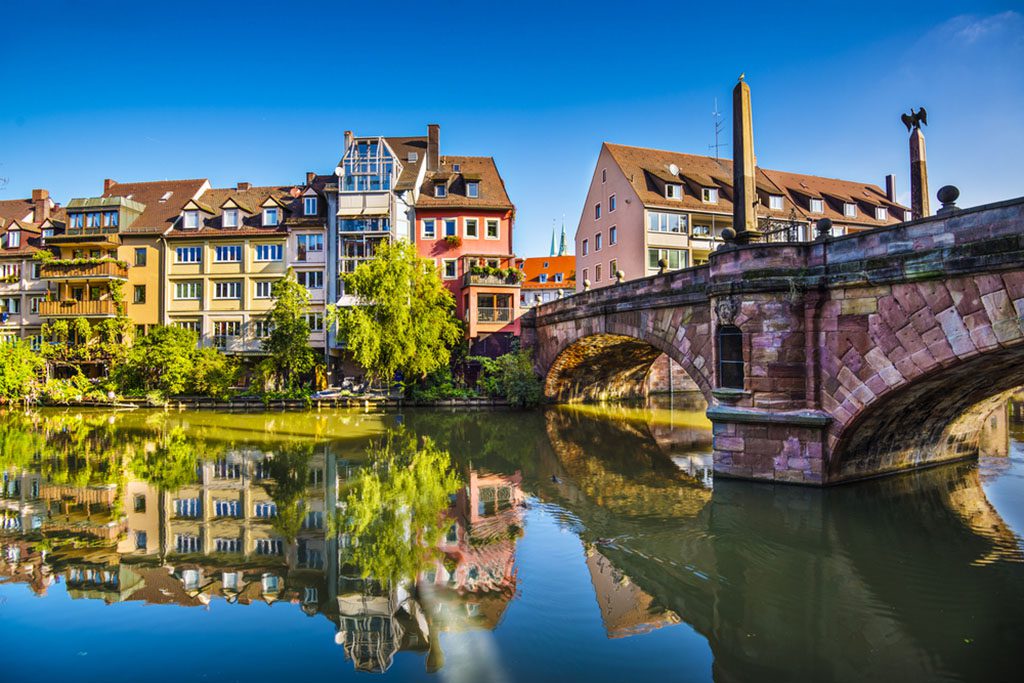Germany is a wonderful European nation with a rich culture, delicious food, and beautiful landscapes. Tourists flock to the big cities, such as Berlin and Munich. But that’s only the beginning; Germany has so much more to offer.
In addition to Oktoberfest and the Berlin Wall, you should not miss the region’s remarkable cities, towns, and historic sites. Nuremberg’s enchanted Christmas market and the bustling port city of Hamburg are just two of Germany’s many unheralded tourist attractions. Include one or more of these on your next trip to Germany.
10. Trier
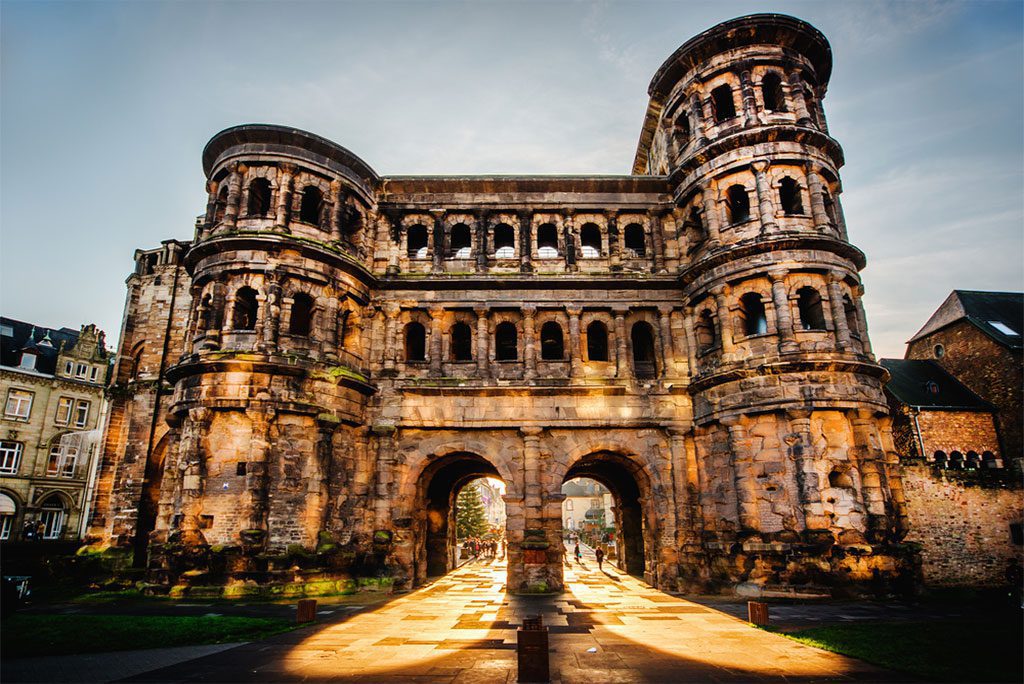
The ancient Roman gate called the Porta Nigra, or Black Gate, Trier, Germany. Image source: Alex Tihonovs/Shutterstock.com
Trier is situated in the center of the Moselle Wine Region, not far from the Luxembourg border. Trier has a long history, stretching back to Roman times, and is often called Germany’s oldest city. The Roman ruins at Trier are an important attraction for tourists. The old Porta Nigra Gate, the Roman amphitheater, and the Kaiserthermen (Roman baths) are all worth seeing while you’re in the area. Try some of the wines produced in the area, especially the one-of-a-kind apple wine called Viez.
9. Weimar
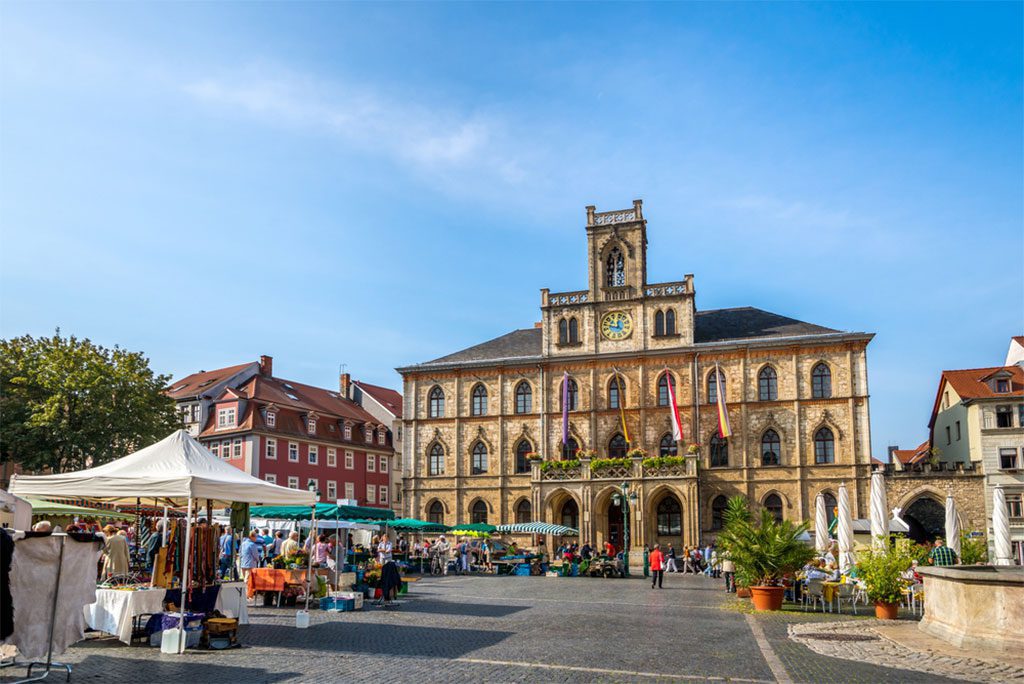
The beautiful town hall building in Weimar, Germany. Image source: Sina Ettmer Photography/Shutterstock.com
Weimar, located in the middle of Germany, is often considered a type of paradise for cultural and literary lovers. Both Goethe and Schiller, two of the most influential and renowned writers in history, called Weimar home. Formerly, Germany was often referred to as “the nation of thinkers and poets” (Land der Dichter und Denker). It’s a statement that holds true even now in Weimar. There is the Goethe and Schiller Memorial at the Theaterplatz, the Bauhaus-University Weimar, and the Stadtschloss, a castle that houses an impressive art exhibition.
8. Monschau
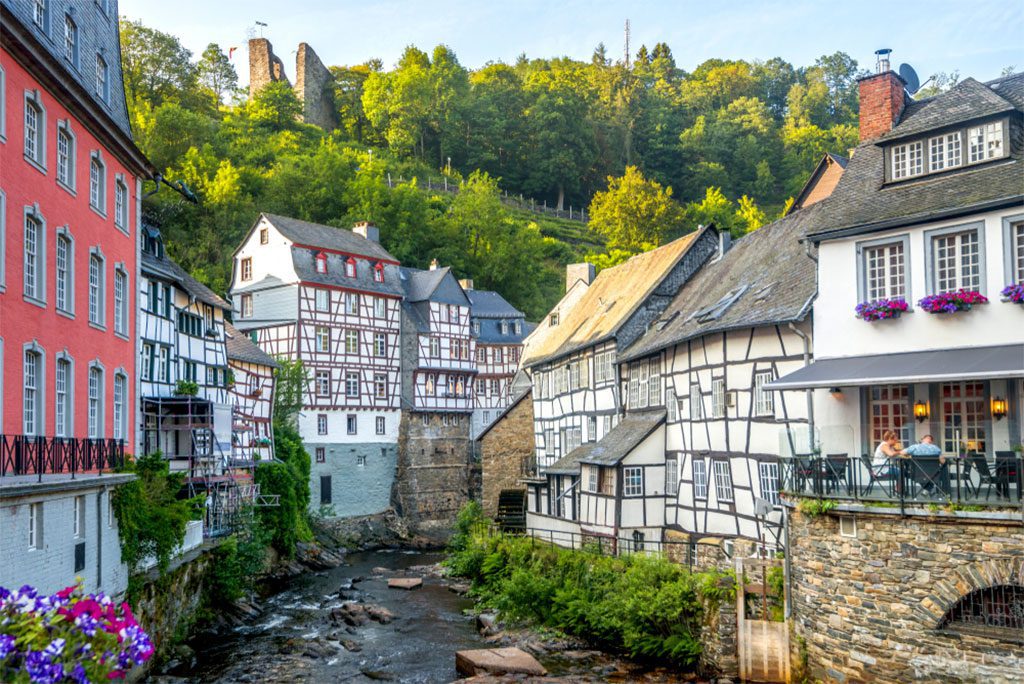
The charming town of Monschau in the Eifel region of Germany. Image source: Sina Ettmer Photography/Shutterstock.com
Monschau, a beautiful and ancient town, is located on the border between Germany and Belgium. The town’s half-timbered houses and cobblestone streets are a major selling point since they remain mostly unchanged from three centuries ago. The Old Town is where the majority of tourists go, so they may see the famous Mustard Mill, built in the 19th century, and the Red House, built in the 18th century. Monschau also serves as a jumping off point for excursions into the surrounding Eifel National Park, a fantastic place for hikers and mountain bikers.
7. Frankfurt
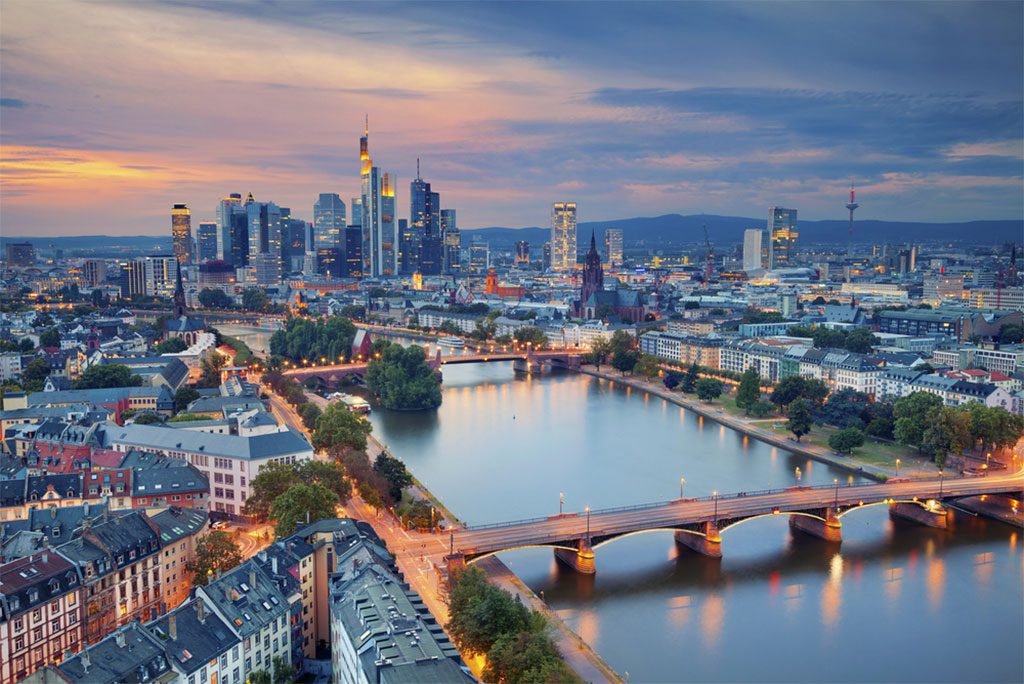
The beautiful skyline of Frankfurt at twilight, as seen from the Main river. Image source: Rudy Balasko/Shutterstock.com
The European financial center is located in the busy city of Frankfurt am Main. The European Central Bank and the German Stock Exchange may both be found in the city, and it also hosts a large number of annual trade exhibitions. Beyond its economic importance, Frankfurt is home to a rich cultural heritage and stunning modern architecture. The historic district of Römerberg has architecture from the 14th and 15th centuries. More than a dozen excellent museums await you in the Museumsufer neighborhood.
6. Hohenzollern Castle
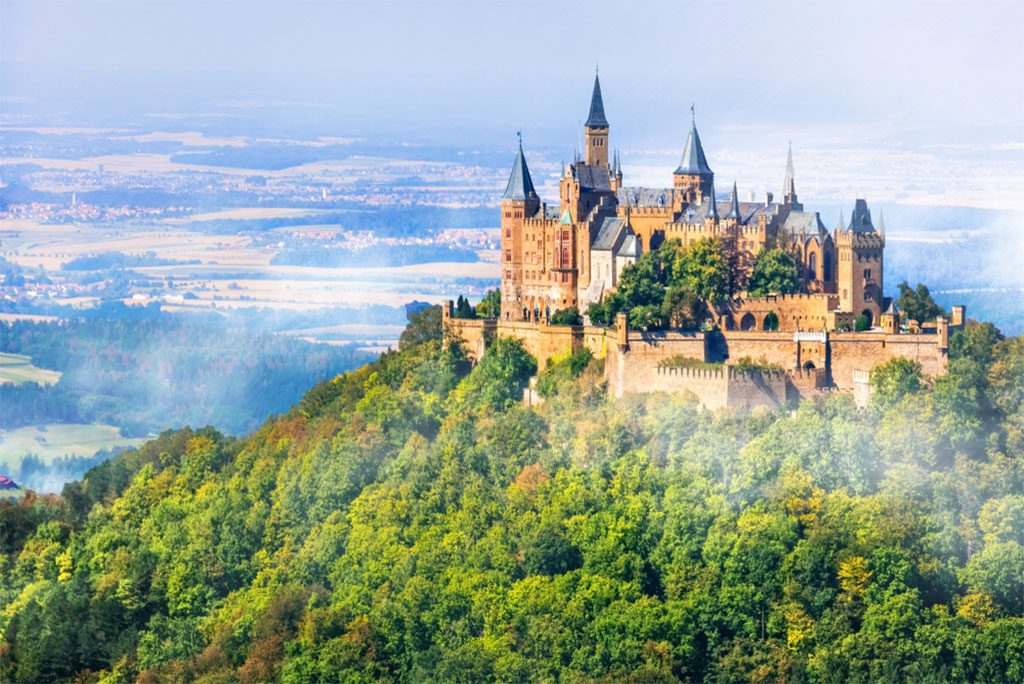
The majestic Hohenzollern Castle is a must-see destination for visitors to Germany. Image source: leoks/Shutterstock.com
While Neuschwanstein receives the lion’s share of tourists, Germany is home to a number of other magnificent castles, including the Hohenzollern. The current structure of this castle, which sits on a hill overlooking Tübingen, was built sometime in the 19th century. This family property was formerly the residence of Emperor Wilhelm II and is now a popular tourist destination. The Hohenzollern family tree, which spans an entire room, is a must-see, as is the castle’s meticulously restored bedroom suites. Do not miss seeing the royal jewels, which are among the most impressive collections in all of Europe. The English-speaking guides do a great job of showing off the sights.
5. Augsburg
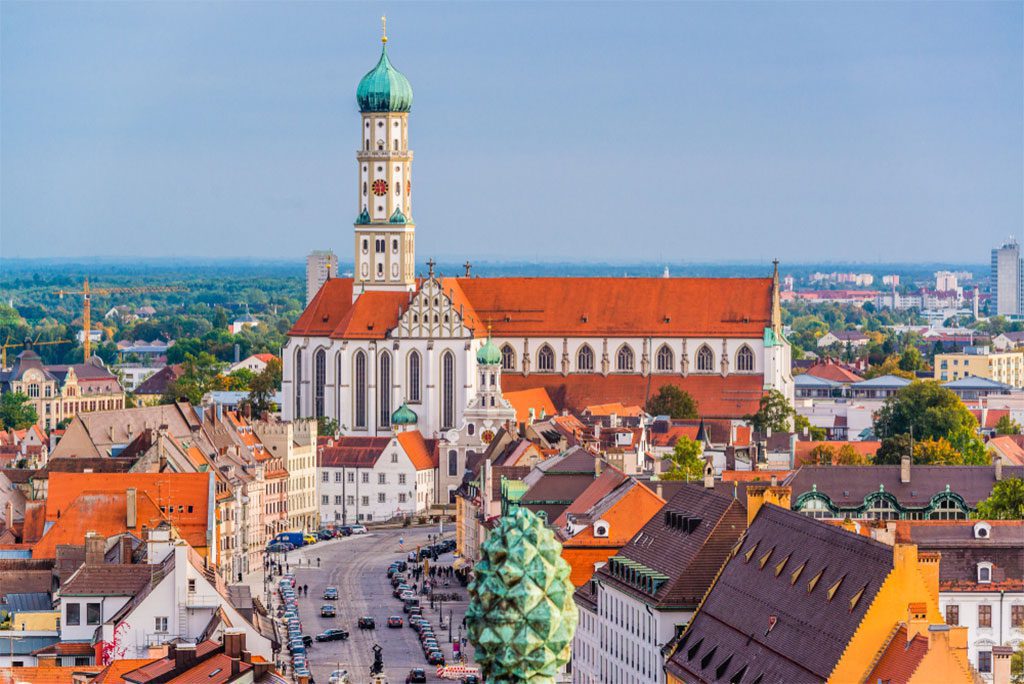
The skyline of Augsburg, Germany is dominated by its historic cathedrals. Image source: Sean Pavone/Shutterstock.com
Augsburg is one of Bavaria’s oldest and most fascinating cities. Augsburg is easily accessible from Munich by car or rail, making it ideal for either a day trip or an extended stay. Expect a lot of history, a lot of great nightlife, and a young and educated populace, since this is a university town. See the house where Wolfgang A. Mozart’s father was born first on your list of tourist attractions. Then, check out the Fuggerei, an estate built in the 16th century that still provides affordable lodging for the very cheap price of only one euro each year.
4. Hamburg
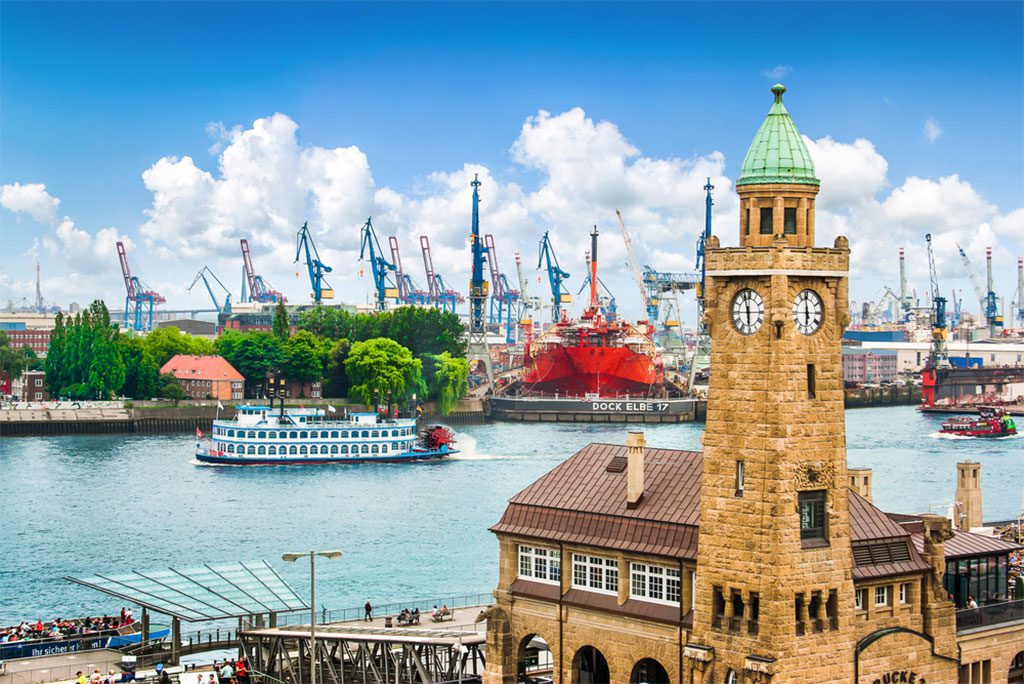
The famous Hamburger Landungsbruecken on the Elbe River in Hamburg, Germany. Image source: canadastock/Shutterstock.com
Since it is such a large port city, Hamburg has earned the moniker “Germany’s Gateway to the World.” However, when it comes to holiday planning, Hamburg is frequently forgotten. To be honest, tourists may enjoy a wide variety of attractions in Hamburg. Follow Mönckebergstraße to reach the Rathaus. One of the most popular shopping streets in all of Hamburg is located here. An Elbe River cruise is the ideal way to see the port and its surroundings. Quite a few beaches can be found in Hamburg, which may come as a pleasant surprise, especially as many of them tend to fill up quickly on hot summer days.
3. Quedlinburg
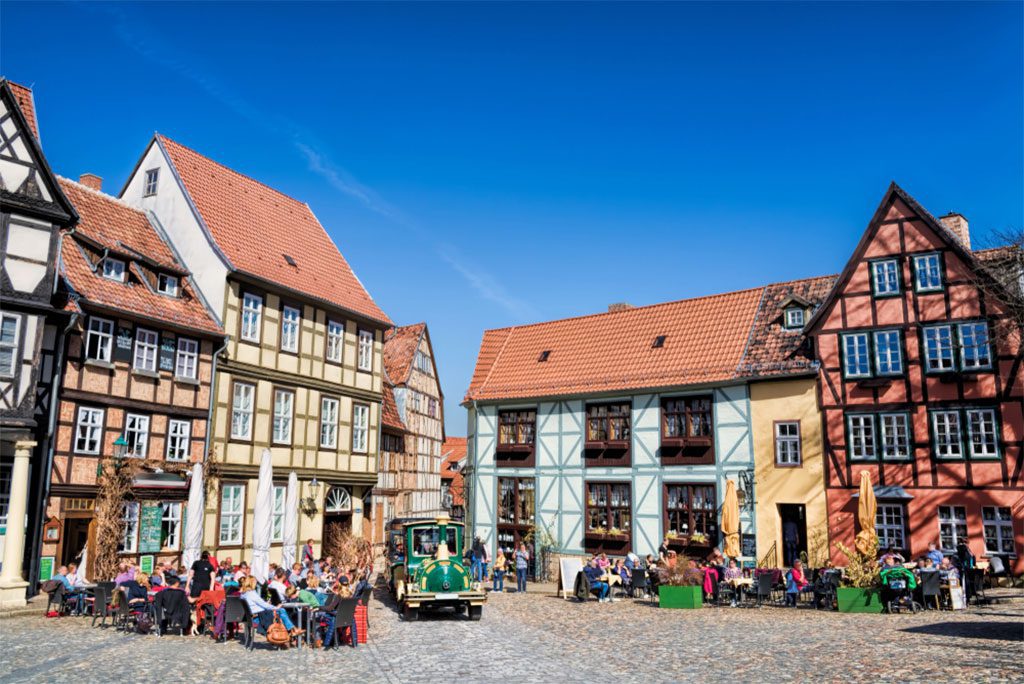
The picturesque old town of Quedlinburg, Germany. Image source: ArTono/Shutterstock.com
Quedlinburg was an important center at the height of the German Empire. A surprising number of Renaissance structures remain in this little town, making it famous today. Numerous timber-framed buildings in the town date back to the 16th century, and many of them are still in remarkable shape today. For instance, the Fachwerkmuseum Standebau is a museum housed in a building from 1310. Quedlinburg is well-known not just for its museums and buildings but also for its railroad. The village is on the Harz Narrow Gauge Railway, which offers breathtaking views of the surrounding terrain.
2. Ulm
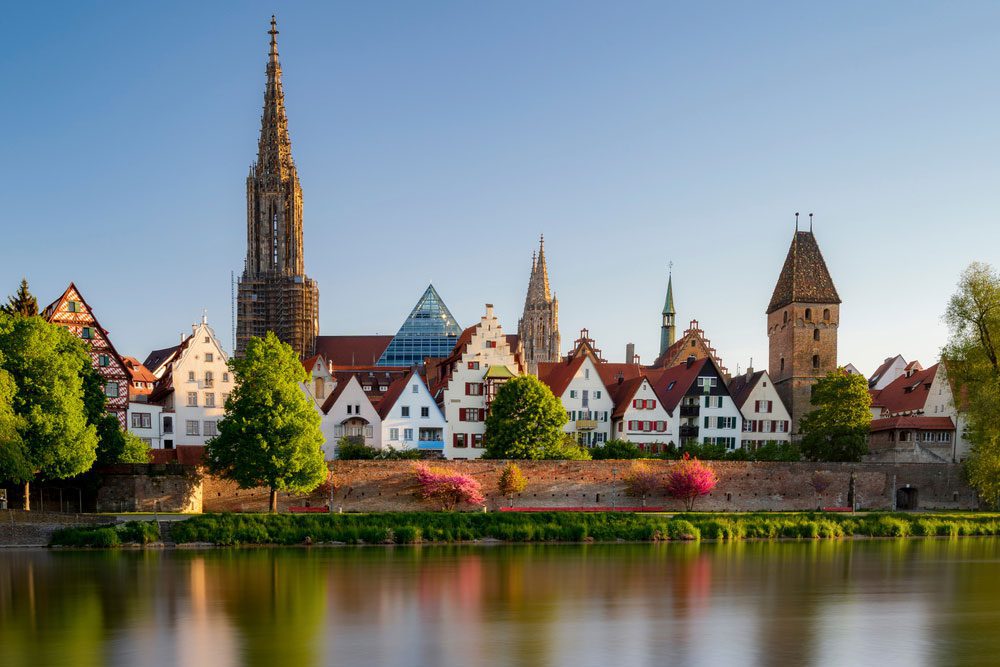
The Ulmer Minster and the Danube River as seen from Neu-Ulm, Germany. Image source: Daniel Pahmeier/Shutterstock.com
The city of Ulm is a must-see if you find yourself in southern Germany. Ulm, which is located on the Danube River, offers a breathtaking panorama of Bavaria. Aside from being Albert Einstein’s hometown, it also has the world’s tallest church spire. The Ulmer Münster was started in the 15th century but wasn’t finished until the 19th. You can see the Alps if you make it to the top of the steeple, which is a strenuous 768 steps up. The Fisherman’s Quarter, also known as the Fischerviertel, may be found by following the riverbank.
1. Nuremberg
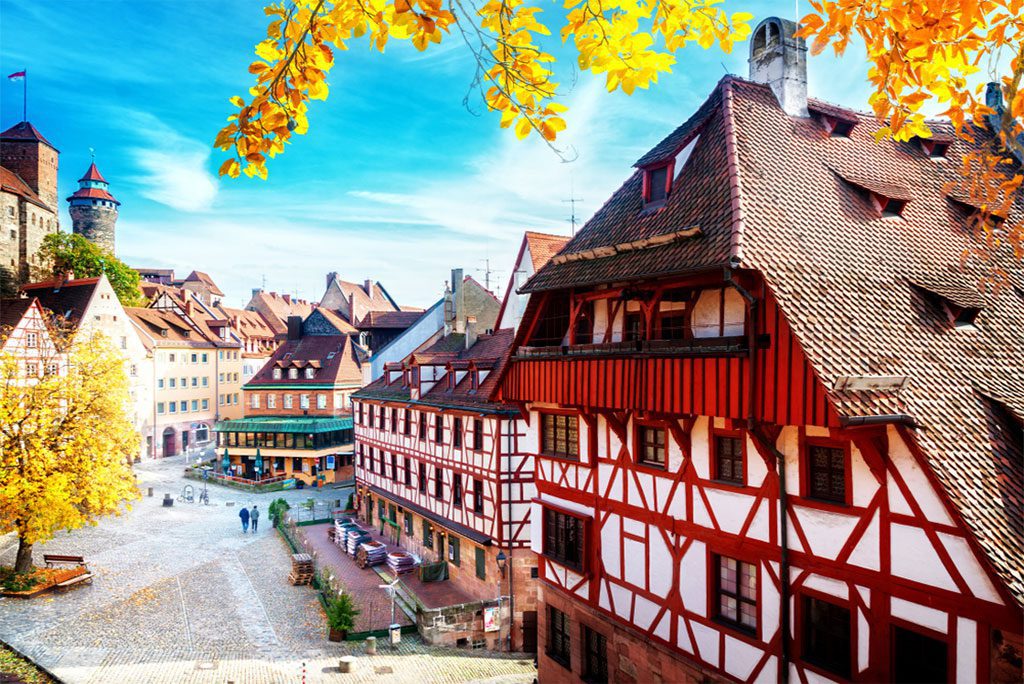
: The charming old town of Nuremberg, Germany. Image source: Neirfy/Shutterstock.com
Nuremberg, around 170 kilometers north of Munich, is a well-known city. The city of Nuremberg, Bavaria, is the state capital and the second-largest city in the country. There is so much to see and do in Nuremberg that you’ll need at least a few days to see everything. Nuremberg’s majestic castle and almost a mile of the city’s walls are still standing. There are several cathedrals and government structures from the Middle Ages to see as well. Families with children of all ages love to visit the Tiergarten. Eat some traditional grilled Nürnberger Rostbratwürste and some Lebkuchen, which are both delectable gingerbread cookies, to round up your tour.


